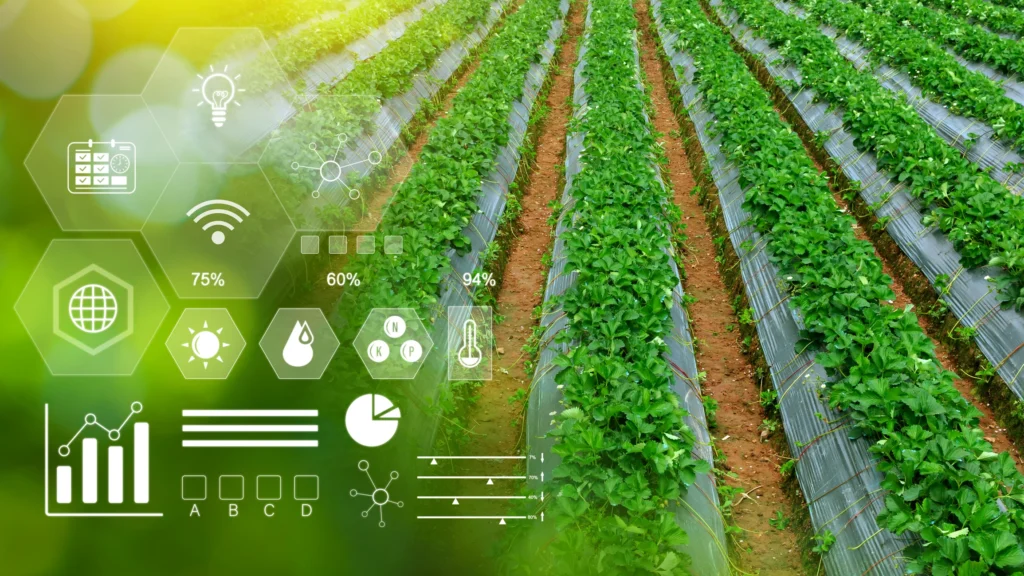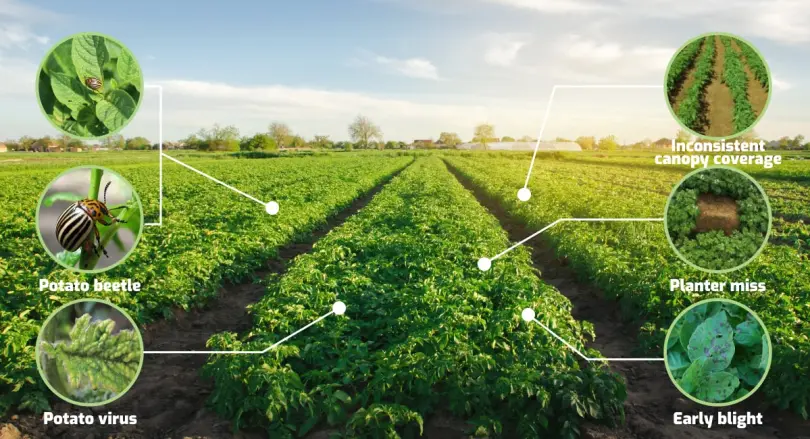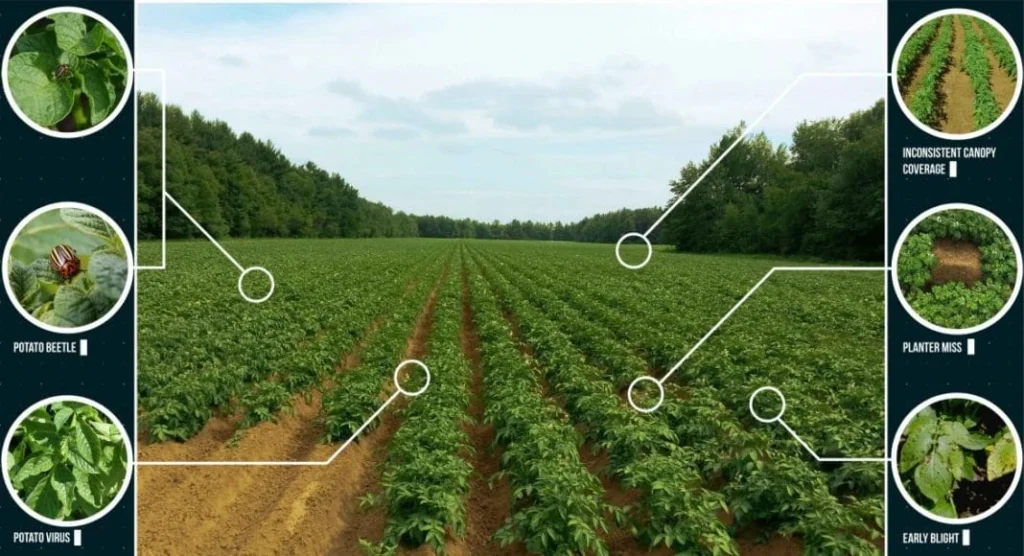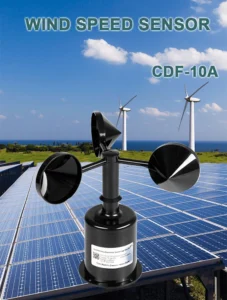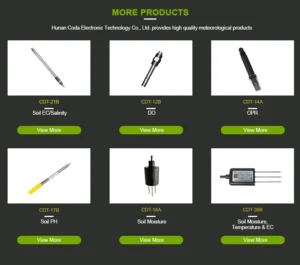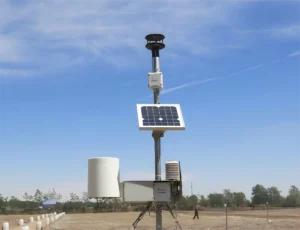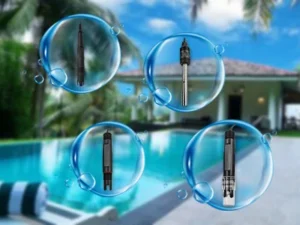what are the benefits of agriculture sensors
In modern agriculture, the agricultural inspection station is very important. It helps keep agricultural products safe and reliable. These stations are important for food safety, fair trade, and protecting the environment. They support the whole agricultural industry.What are the benefits of agriculture sensors ?
The Core Function: Quality Assurance
At the heart of an agricultural inspection station’s operations is the mission of quality assurance. Experts subject agricultural products, ranging from fresh fruits and vegetables to grains, livestock, and dairy products, to rigorous scrutiny.
Trained inspectors use different methods and tests to check the physical, chemical, and biological features of these products. For fresh produce, this means checking if it is ripe, free from pests and diseases, and meets size and appearance standards. Inspectors check grains for moisture content, germination potential, and contaminants like mold or foreign matter.
In the livestock and dairy sectors, inspection stations play an even more critical role. They make sure that animals are healthy and free from diseases. This helps protect human health and the agricultural economy.
Experts test dairy products for purity, fat content, and the absence of harmful bacteria. These quality checks protect consumers from health risks. They also help keep the good name of farmers. By ensuring that only high – quality products enter the market, inspection stations support fair competition among farmers and agribusinesses.
Food Safety: A Paramount Concern
Food safety is a top priority for agricultural inspection stations. With the increasing globalization of the food supply chain, the risk of foodborne illnesses has also grown. Inspection stations are on the front line. They detect and prevent the spread of harmful substances like pesticides, heavy metals, and germs. They regularly test agricultural products to make sure pesticide residues are within safe limits. Too much pesticide can harm human health and the environment.
In addition, inspection stations are responsible for monitoring and preventing the entry of disease – causing microorganisms, such as Salmonella, E. coli, and Listeria. By using strict hygiene and sanitation rules at farms, processing plants, and during transport, these stations help stop contamination. For example, inspection stations check imported agricultural products for pests and diseases. These could harm local ecosystems. This protects local farming and keeps consumers healthy. They depend on a safe and secure food supply.
Regulatory Compliance and Standardization
Agricultural inspection stations also play a key role in ensuring that agricultural activities comply with national and international regulations and standards. Governments around the world set guidelines regarding production practices, environmental protection, and food safety. Inspection stations enforce these regulations, conducting regular audits and inspections of farms, processing plants, and storage facilities.
In the European Union, there are strict rules about using fertilizers, pesticides, and genetically modified organisms (GMOs) in farming. Agricultural inspection stations in EU member states ensure that farmers and agribusinesses adhere to these rules. This not only protects the environment but also ensures that products are safe for consumers. In the United States, the Food and Drug Administration (FDA) and the Department of Agriculture (USDA) use inspection stations. These stations help enforce food safety and quality standards nationwide.
Supporting Sustainable Agriculture
In recent years, more people have focused on sustainable agriculture. Agricultural inspection stations are important in this movement. They encourage and support practices that minimize the environmental impact of agriculture while maintaining productivity. For example, inspection stations can encourage organic farming methods. These methods use natural fertilizers and pest control techniques. By certifying organic products, they help consumers make informed choices and support farmers who are committed to sustainable practices.
Inspection stations also monitor the use of water and soil resources in agriculture. They make sure that farmers use these resources wisely and responsibly. This helps stop soil erosion, water pollution, and the loss of groundwater. By promoting sustainable agricultural practices, inspection stations contribute to the long – term viability of the agricultural industry and the protection of the environment.
Facilitating International Trade
In the era of globalization, international trade in agricultural products has become increasingly important. Agricultural inspection stations are important for trade. They make sure that products meet the standards of importing countries. They issue certificates of inspection and quality assurance, which are essential documents for international trade. These certificates provide assurance to buyers that the products they are purchasing meet the necessary quality and safety standards.
For example, when a farmer in Argentina sends soybeans to China, an inspection station in Argentina will test them. This is to make sure the soybeans meet China’s import rules. Once the inspection team approves the products, the station will give a certificate. This certificate lets the soybeans ship to China without delay. This process builds trust between trading partners. It also helps agricultural products move smoothly across international borders.
In conclusion, agricultural inspection stations are essential institutions in the modern agricultural landscape. They serve as gatekeepers, ensuring the quality, safety, and compliance of agricultural products. By performing these functions, they protect consumers, support farmers and agribusinesses, promote sustainable agriculture, and facilitate international trade. As the agricultural industry changes, inspection stations will become more important. They help protect our food supply and the environment.
Benefits of agriculture sensors
Agriculture sensors offer numerous benefits in modern farming, including enhanced productivity, improved resource management, better crop quality, and reduced environmental impact. Here is a detailed look at these advantages:
Increased Productivity
Precise Monitoring: Sensors can continuously monitor various environmental factors such as soil moisture, temperature, and nutrient levels. By giving real-time data on these factors, farmers can decide when to water, fertilize, or plant. This helps create the best growing conditions and increases crop yields. Soil moisture sensors help farmers water their crops correctly. This prevents over-watering or under-watering. It ensures crops get the right amount of water for the best growth.
Early Detection of Issues: Sensors can detect early signs of crop diseases, pests, or nutrient deficiencies. This lets farmers act quickly. They can use targeted pesticides or fertilizers before the problem spreads and causes serious damage. Early detection and intervention can save crops and increase overall productivity.
Improved Resource Management
Efficient Water Use: Water is a precious resource in agriculture, and sensors can help manage it more efficiently. Soil moisture sensors enable farmers to irrigate only when necessary, reducing water waste. Additionally, weather – based sensors can predict rainfall and adjust irrigation schedules accordingly, optimizing water usage and conserving this valuable resource.
Optimal Fertilizer Use: Nutrient sensors can check the levels of important nutrients in the soil. This helps farmers apply fertilizers exactly where and when they need them. This not only reduces fertilizer waste but also minimizes the risk of nutrient runoff, which can pollute waterways. By using sensors to guide fertilizer application, farmers can improve nutrient use efficiency and save on fertilizer costs.
Enhanced Crop Quality
Consistent Growing Conditions: Sensors help maintain consistent environmental conditions within the growing area. Farmers can control temperature, humidity, and light levels. This helps crops grow in the best conditions. As a result, they produce higher-quality food. In greenhouses, sensors can manage the ventilation and heating systems. This helps create the best climate for plant growth. As a result, fruits and vegetables taste better and have a more uniform size and appearance.
Farmers can find pests and diseases early. This helps them use less harmful and more targeted pest control methods. Instead of using broad-spectrum pesticides as a preventive measure, they can use sensors. These sensors help identify the specific pest or disease. Then, they can apply the right treatment. This reduces the overall use of chemicals in agriculture, resulting in cleaner and safer crops for consumers.
Environmental Protection
Reduced Pollution: By using less fertilizer and pesticides, we can lower the runoff of these chemicals. Sensors help apply them more accurately, which protects the environment. This helps protect water quality, soil health, and biodiversity. Additionally, more efficient water use reduces the strain on local water resources and helps maintain healthy ecosystems.
Sustainable Farming Practices: Agriculture sensors support sustainable farming by enabling farmers to make data – driven decisions that balance productivity with environmental conservation. For example, sensors can help farmers use conservation tillage. They provide information on soil conditions and crop residue levels. This reduces soil erosion and carbon emissions, contributing to a more sustainable agricultural system.
Cost Savings
Reduced Input Costs: By optimizing the use of water, fertilizers, and pesticides, farmers can save money on these inputs. Sensors help prevent over – application of costly agricultural chemicals, and more efficient resource use means lower operating costs.
Decreased Labor Costs: Automated sensor – based monitoring systems can reduce the need for manual field inspections. Farmers can remotely access data from sensors using mobile devices or computers, saving time and labor. This allows them to focus on other important tasks, such as crop management and marketing.

